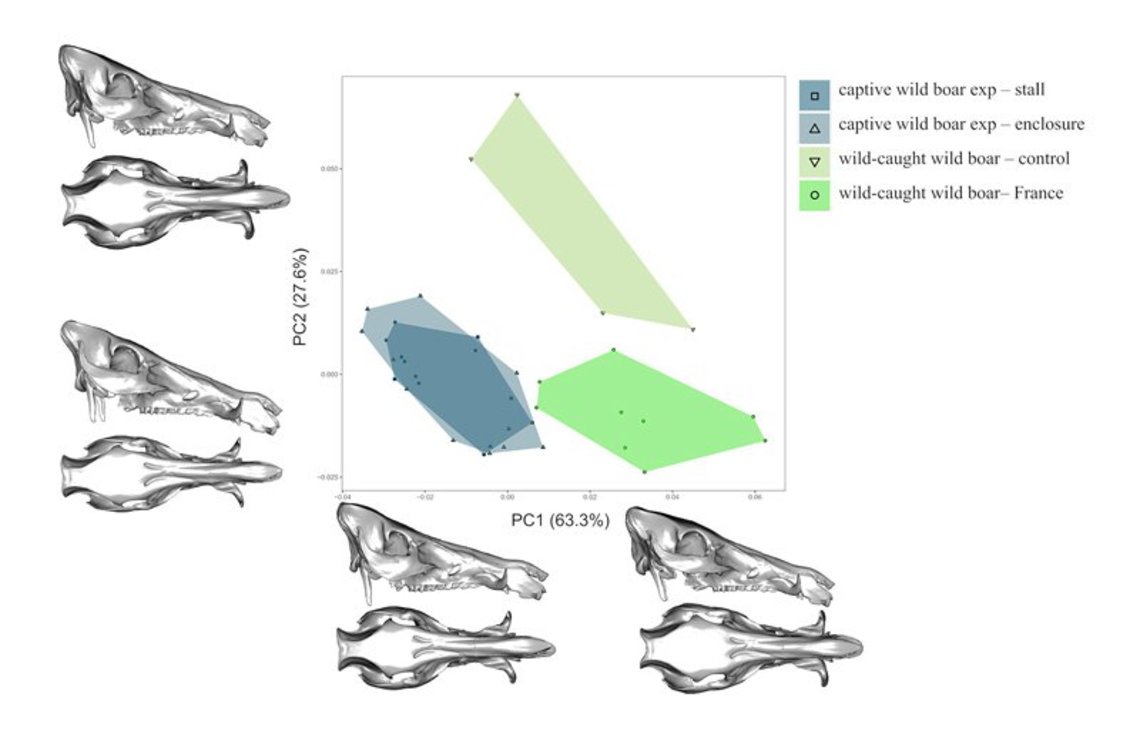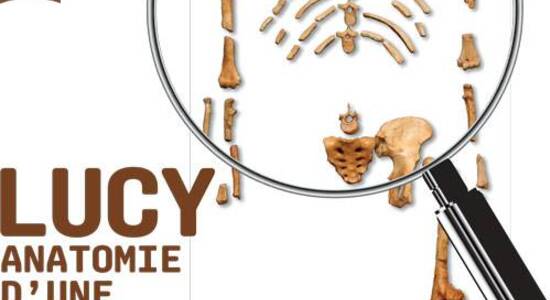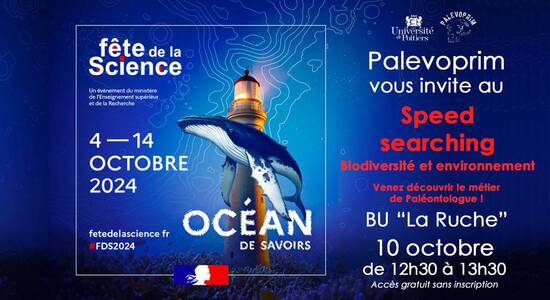Publication Evolutionary Biology
Publié par Laboratoire PALEVOPRIM, le 16 novembre 2020 840
How Changes in Functional Demands Associated with Captivity Affect the Skull Shape of a Wild Boar (Sus scrofa)
The process of animal domestication is a key evolutionary transition in human history, within which the control of wild populations is considered a crucial first step. Yet, phenotypic changes associated with animal captivity remain challenging to document. Here, we investigated the craniofacial changes in wild boar (Sus scrofa) associated with a lifetime of growth in captivity under conditions of controlled mobility and diet. Using three-dimensional landmark-based geometric morphometrics, we assessed cranial and mandibular size and shape differences between captive and wild-caught wild boar, their link with masticatory forces, and how these plastic changes relate to traits selected in domestic pigs. We observed shape divergence associated with greater masticatory forces in captive wild boar (e.g., wider zygomatic arches, more upright mandibular rami, and reduced gonial angle) corroborating the fundamental role of biomechanical loading and constructional constraints in the skull shape changes associated with captivity. Despite their resemblance with domestic traits, these localised plastic changes follow a different phenotypic trajectory, suggesting that they did not contribute to the setup of the craniofacial morphology of current domestic breeds. A parallel increase of masticatory force in captive wild boars and domestic pigs may explain this phenotypic convergence but needs to be further explored.
Références
Neaux, D., Blanc, B., Ortiz, K. et al. How Changes in Functional Demands Associated with Captivity Affect the Skull Shape of a Wild Boar (Sus scrofa). Evol Biol (2020) – https://doi.org/10.1007/s11692-020-09521-x




